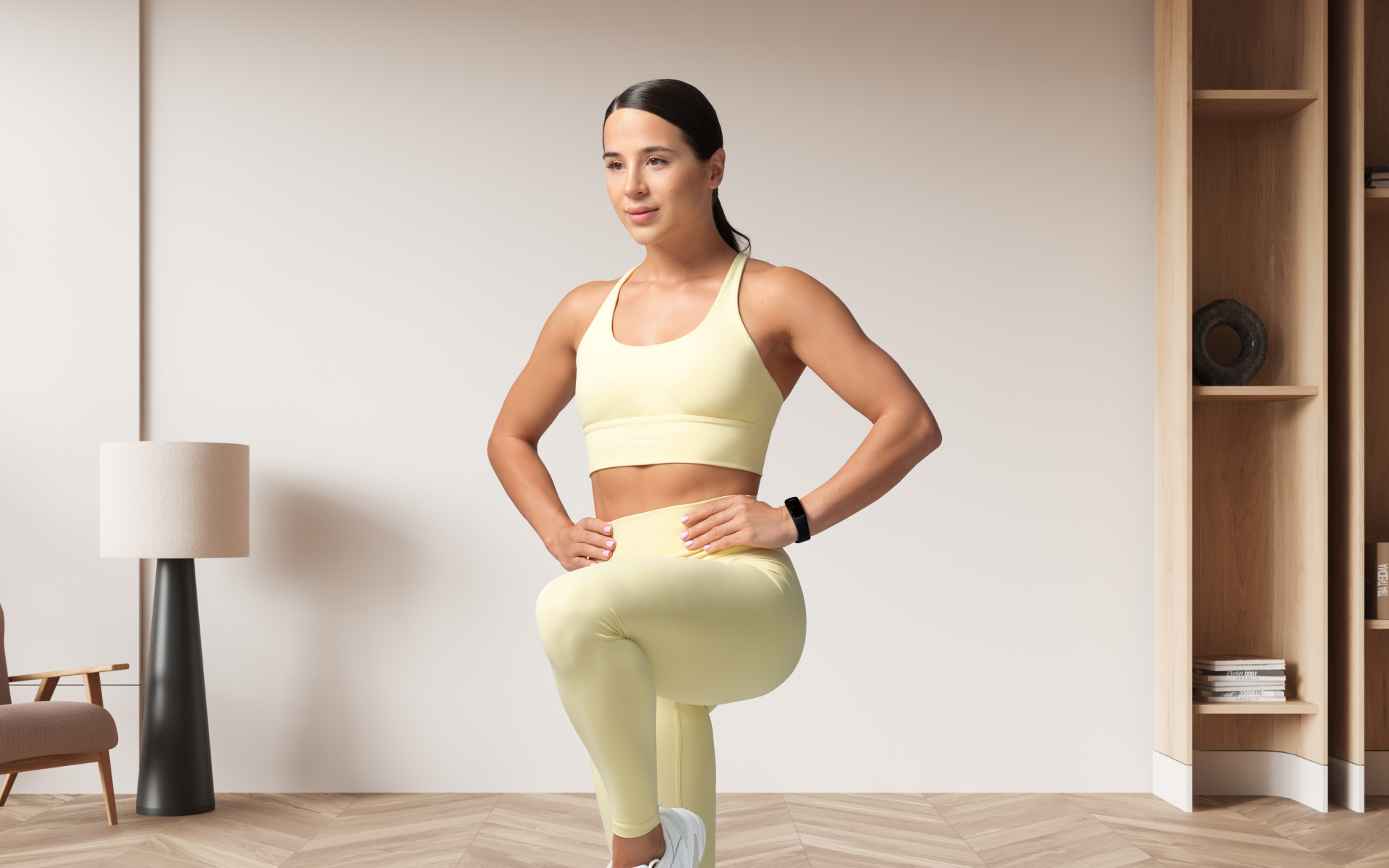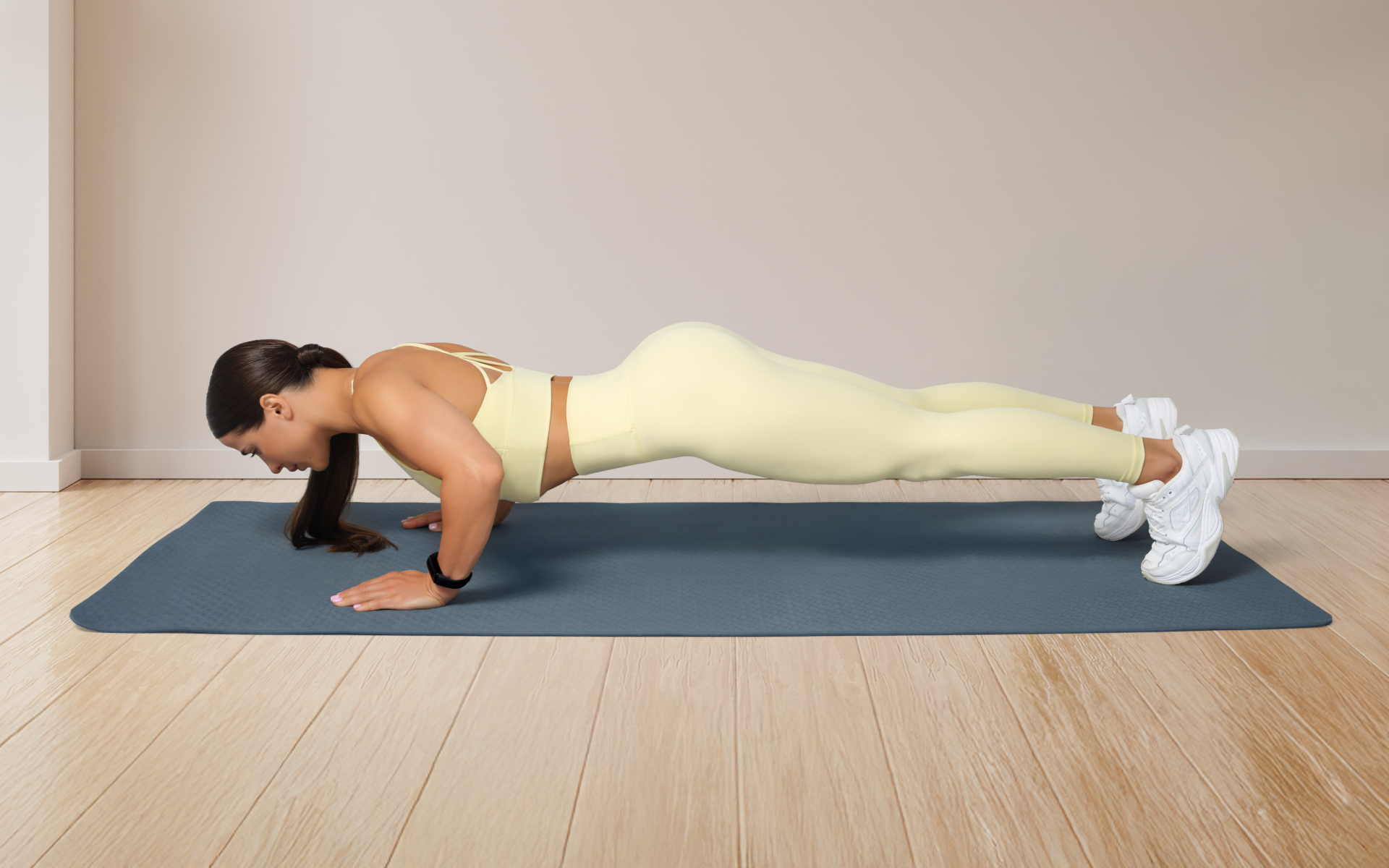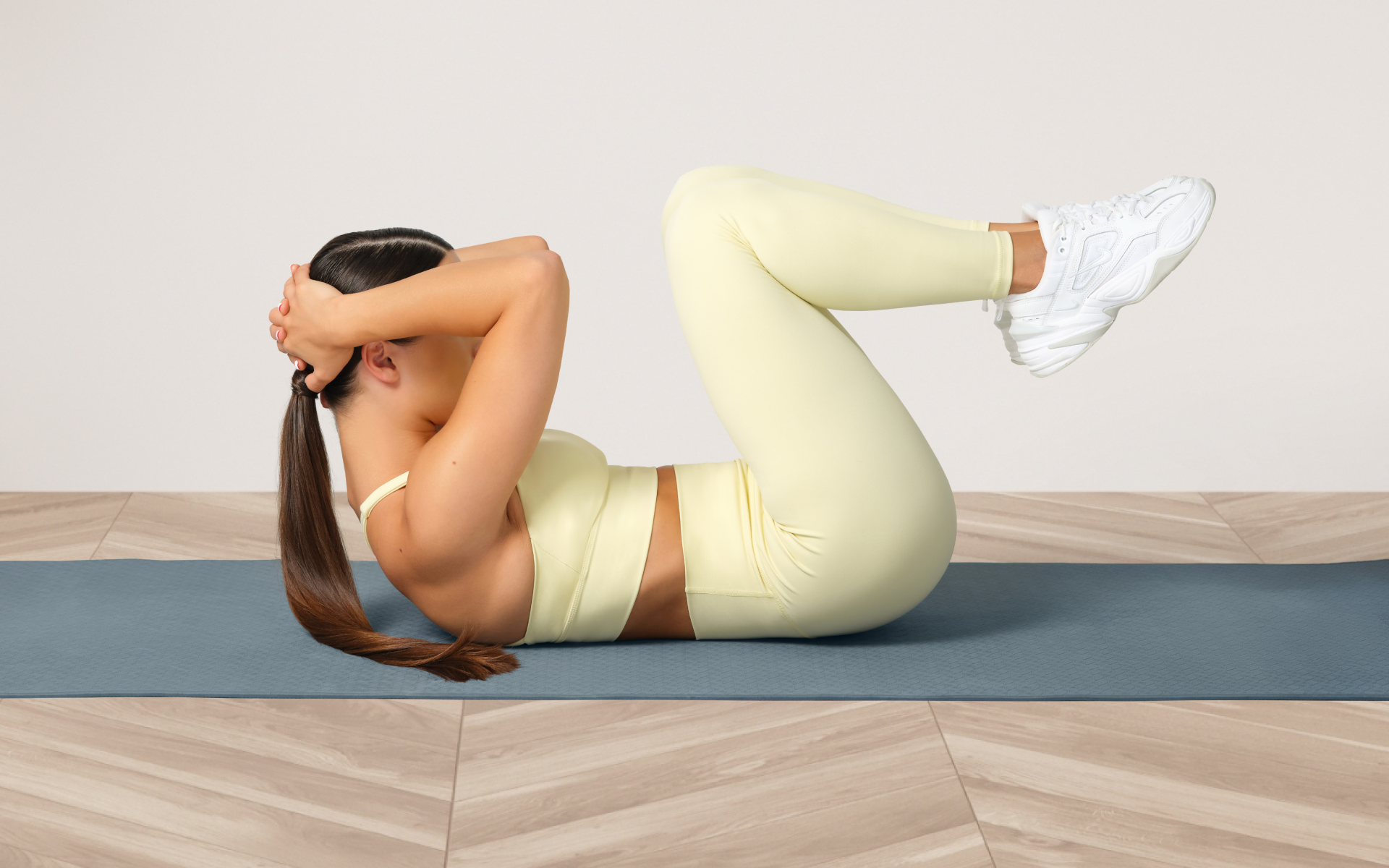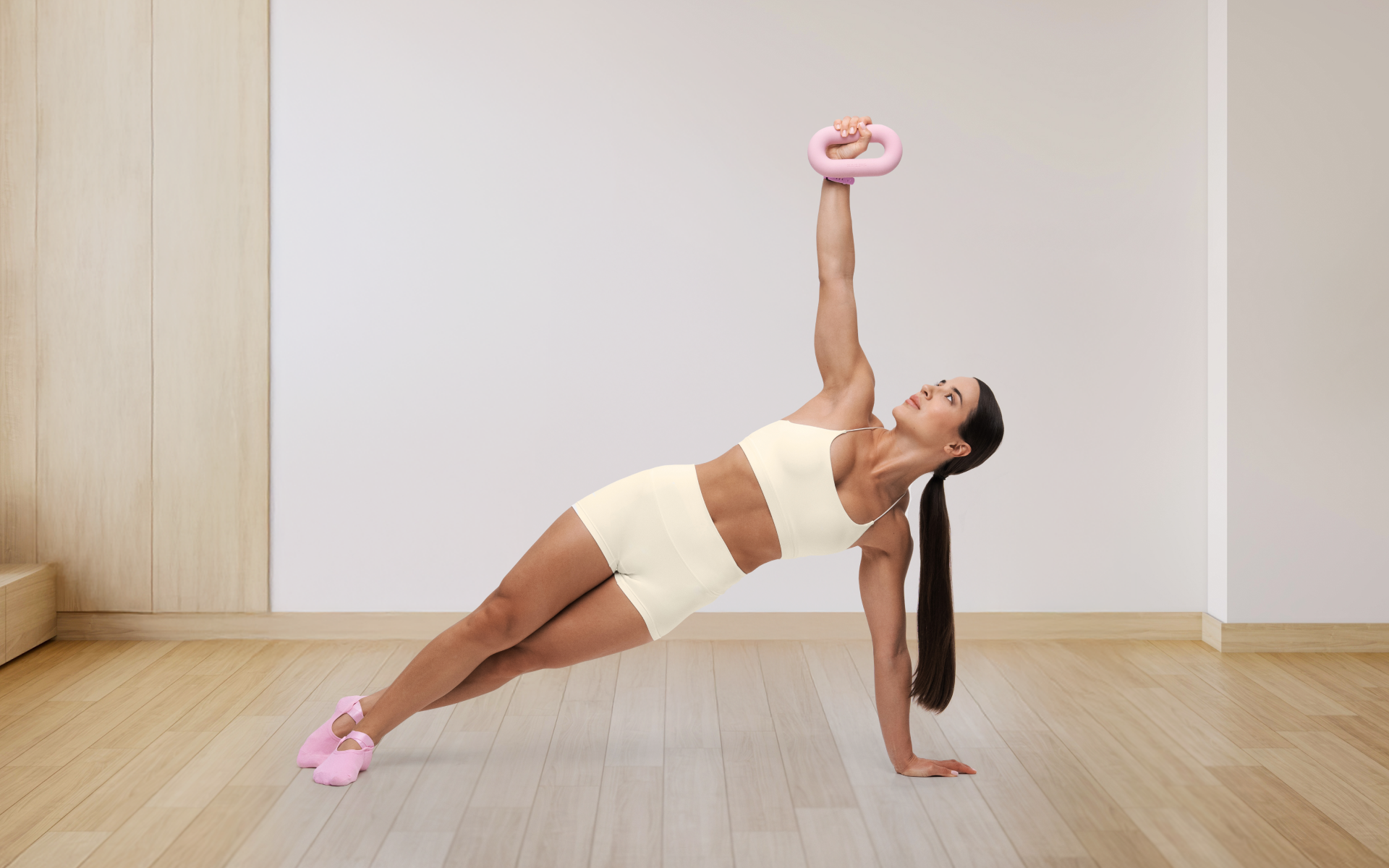Rest is good for you; both outside and inside the gym.
However, when we talk about rest in terms of your workout routine, it takes on a whole new meaning. This is not about lounging on your couch after a long day, but rather the strategic pauses you take between sets during your workout.
The importance of these breaks cannot be overstressed, as they can significantly impact your training results. They are as crucial as the exercises themselves. The question then arises – how long should you rest between sets for an effective workout?
It’s a common query among fitness enthusiasts and beginners alike, and the answer is not as straightforward as you might think. It varies depending on your fitness goals, the type of exercise, your level of fitness, and even your age.
In this blog post, we will mine through the science behind rest periods, helping you understand how to optimize your rest time between sets to maximize your gains, enhance your performance, and make your workouts more effective and efficient. Here’s what you need to know.
Why Should You Rest Between Sets?
Resting between sets is crucial for several reasons.
One; it allows your muscles to recover from the strain of the previous set. This recovery time is essential because it helps replenish your muscle’s energy stores, specifically adenosine triphosphate (ATP), which is used during high-intensity exercise (1).
Two; rest intervals provide an opportunity for lactic acid, a byproduct of intense exercise that contributes to muscle fatigue and soreness, to be cleared out from your muscles. This helps to reduce discomfort and increase your capacity to maintain performance over multiple sets (1).
Three; resting between sets gives your cardiovascular system a chance to recover, allowing your heart rate to come down before you push it up again with the next set. This is particularly important for maintaining overall cardiovascular health and ensuring that you’re not pushing your body into dangerously high heart rate zones.
And, adequate rest between sets can improve your mental focus and technique. When you rush from one set to another without adequate rest, your form can suffer, leading to decreased effectiveness of the exercise and increased risk of injury.
By taking the time to rest, you can ensure that each rep and each set is performed with optimal form, maximizing the benefits of your workout.
BetterMe App helps you achieve your body goals with ease and efficiency by helping to choose proper meal plans and effective workouts. Start using our app and you will see good results in a short time.
How Long Should You Rest Between Sets?
Whether you’re aiming for strength, power, muscular hypertrophy, or fat loss, the length of time you rest between sets can have a significant impact on your results.
How Long Should You Rest Between Sets for Strength?
If your goal is to increase strength, longer rest periods between sets are beneficial.
Evidence shows that resting between 3–5 minutes allows for optimal total strength development (2). This is because strength training for maximal strength development typically involves lifting heavy weights for fewer reps. It requires a high level of neural activation and energy from the anaerobic alactic system, both of which need more time to recover.
How Long Should You Rest Between Sets for Muscular Hypertrophy?
Muscular hypertrophy, or muscle growth, requires a different approach. For this goal, moderate-intensity sets with short rest intervals of 30-60 seconds might be most effective.
When you limit rest periods to about 30 seconds between sets of strength exercises, you create a metabolic stress response that stimulates muscle growth. Additionally, shorter rest periods can help to improve muscular endurance and reduce the time it takes to complete a workout.
How Long Should You Rest Between Sets for Power Training
Training for power, which can involves a low volume of reps with light to medium weights at a high speed, also necessitates a specific rest period.
For this goal, a rest period of 1-2 minutes can be suitable, however, greater levels of muscular power have been displayed when utilizing rest periods of 2-5 minutes between sets (2).This allows for enough recovery to maintain the speed of your movements without overly fatiguing the muscles.
How Long Should You Rest Between Sets for Fat Loss?
When training for fat loss, the aim is to keep the heart rate elevated to increase calorie burn. Therefore, rest periods should be kept relatively short – around 30 seconds to 1 minute.
However, it’s important to monitor your body’s response and adjust as needed. Too little rest can lead to excessive fatigue and compromise form, while too much rest can decrease the overall intensity of the workout. Ultimately, effective fat loss will be a combination of regular physical activity and an adequate diet.
Read more: HIIT Calories Burned: Exploring the Science of HIIT Workouts.
Other Factors That Determine Rest Between Sets
When it comes to determining the length of rest between sets, there are a few other factors to consider. Age, fitness level and the type of exercise you’re performing can influence how much recovery time you need before performing another set.
Age
Age can also influence how long you rest between sets. Generally, younger individuals will be able to recover more quickly than older individuals due to higher levels of anabolic hormones such as testosterone and growth hormone.
Fitness Level
Your fitness level should also be taken into account when determining how much rest to take between sets.
Beginners, or those returning from a long break, will likely need more recovery time than seasoned gym-goers. This is because their muscles are not used to the strain of intense exercise and therefore require longer periods of rest in order for them to recover and be ready for the next set.
Type of Exercise
Finally, the type of exercise you’re performing can affect how long you should rest between sets.
For example, compound exercises such as squats or deadlifts require more recovery time than isolation exercises such as bicep curls. This is because compound lifts involve larger muscle groups and are therefore more taxing on the body.
Rest between sets for bench press, for example, should be around 2-3 minutes, while rest between sets for bicep curls could be reduced to around 60 seconds.
Can Rest Between Sets Be Too Long?
Yes, rest between sets can indeed be too long. While it’s essential to give your body time to recover, excessive rest periods can hinder the effectiveness of your workout.
If you rest for too long, your muscles can cool down and lose the increased circulation achieved during exercise. This can negatively impact performance in subsequent sets.
Additionally, extended rest periods may decrease the intensity of your workout. One of the key factors in achieving fitness goals, whether it’s muscle gain or fat loss, is maintaining a certain level of intensity throughout your workout.
When you rest for too long, your heart rate may drop too much, reducing the cardiovascular benefits of your exercise session.
In addition, workouts with excessively long rest periods can become less efficient. If you’re spending too much time resting, you’re not maximizing your time spent in the gym
For most people who balance fitness with other life commitments, making workouts as efficient as possible is crucial.
So, while rest is important, it’s all about finding the right balance. Not enough rest can lead to fatigue and poor form, but too much rest can decrease the effectiveness and efficiency of your workout.
Intense sweat sessions, working weight loss tips, lip-smacking recipes come in one package with the BetterMe app. And all of it is at your fingertips, start transforming your life now!
Is It OK To Walk Between Sets?
Yes, it is perfectly fine to walk between sets.
In fact, it can be beneficial in several ways. Walking can help keep your heart rate elevated, which is particularly useful if your fitness goal is weight loss or cardiovascular fitness.
It also aids in active recovery by promoting blood circulation, which helps to clear out lactic acid and deliver nutrients to the working muscles. This can enhance your performance in subsequent sets.
Furthermore, moving around between sets can prevent stiffness and reduce the risk of injury. However, remember that the intensity and nature of your workout should dictate your activities during rest periods.
If you’re lifting very heavy weights or doing high-intensity exercises, you might need to sit or stand still to recover properly. As always, listen to your body and do what feels best for you.
What Else Can You Do Between Sets?
Between sets, there are several productive ways to use your time, besides just catching your breath:
- Stretch: Light dynamic stretching can help improve flexibility and reduce muscle stiffness (1). It’s best to focus on muscles that aren’t being used in your current exercise.
- Hydrate: Staying hydrated is crucial for optimal performance and recovery. Use this time to take a sip of water.
- Check Form: Reflect on the set you just completed. Were your movements controlled and precise? If not, adjust accordingly for your next set.
- Mindfulness: Use this time for mental preparation. Visualize yourself successfully completing the next set. This can help improve focus and performance.
- Light Cardio: If your goal is fat loss or improved cardiovascular health, doing light cardio exercises like jumping jacks or jogging in place can keep your heart rate up.
- Record Progress: Keep track of your reps, sets, and weights. This can help you monitor your progress over time.
- Plan Ahead: Think about your next exercise. What weights will you use? Which muscles will it target?
Remember, the aim of these activities should not be to tire you out but rather to keep you engaged, focused, and prepared for the next set.
Read more: Plyometrics Vs Calisthenics: Which One Should Beginners Do?
Frequently Asked Questions
Is 1 Minute Between Sets Too Much?
No, 1 minute between sets is not too much. In fact, for many training goals such as muscular hypertrophy (muscle growth) and fat loss, 1-minute rest intervals can be optimal. It allows for a balance between muscle recovery and keeping the heart rate elevated.
Is 2 Minutes Too Long Between Sets?
Two minutes is not too long between sets if your goal is strength or power development. These types of workouts often require lifting heavier weights which puts more stress on your muscles and nervous system, therefore requiring longer rest periods for optimal recovery.
Is It OK To Rest 4 Minutes Between Sets?
Yes, it’s okay to rest for 4 minutes between sets, especially if you’re doing heavy weightlifting or strength training. This allows your body sufficient time to replenish energy stores and prepare for the next set. However, if your goal is fat loss or muscular endurance, 4 minutes might be too long and could decrease the overall intensity of your workout.
Can I Rest 5 Minutes Between Sets?
Resting 5 minutes between sets is generally reserved for very intense strength training with heavy weights and low reps to build total strength. This extended rest period allows for maximum recovery. For most other fitness goals, a rest period of 5 minutes might be longer than necessary.
Is It Better To Sit Or Stand Between Sets?
Whether you sit or stand between sets largely depends on the type of exercise and your personal comfort.
Standing can help maintain circulation and prevent stiffness, while sitting gives your muscles a chance to completely relax. Ultimately, the best position will be whatever allows you to feel recovered and ready for the next set.
The Bottom Line
Resting between sets is an important part of any workout routine. How long you should rest depends on your fitness goals, the intensity of your exercise, and even your age.
As a general rule of thumb, we recommend resting 2-5 minutes between sets for strength training, 2-5 minutes between sets for power training and 45- seconds – 2 minutes between sets for hypertrophy. If you are over 40 years old, longer rest times may be more beneficial.
Remember to always listen to your body and adjust the length of your rest periods as needed. Finally, be sure to prioritize form and technique in order to optimize each rep and set. With the right approach, you can reap the full benefits of your workout in a healthy and sustainable way.
DISCLAIMER:
This article is intended for general informational purposes only and does not serve to address individual circumstances. It is not a substitute for professional advice or help and should not be relied on for making any kind of decision-making. Any action taken as a direct or indirect result of the information in this article is entirely at your own risk and is your sole responsibility.
BetterMe, its content staff, and its medical advisors accept no responsibility for inaccuracies, errors, misstatements, inconsistencies, or omissions and specifically disclaim any liability, loss or risk, personal, professional or otherwise, which may be incurred as a consequence, directly or indirectly, of the use and/or application of any content.
You should always seek the advice of your physician or other qualified health provider with any questions you may have regarding a medical condition or your specific situation. Never disregard professional medical advice or delay seeking it because of BetterMe content. If you suspect or think you may have a medical emergency, call your doctor.
SOURCES:
- CURRENT CONCEPTS IN MUSCLE STRETCHING FOR EXERCISE AND REHABILITATION (2012, nih.gov)
- Rest interval between sets in strength training (2009, pubmed.gov)
- THE SCIENCE OF POST-EXERCISE RECOVERY (n.d., azureedge.net)









